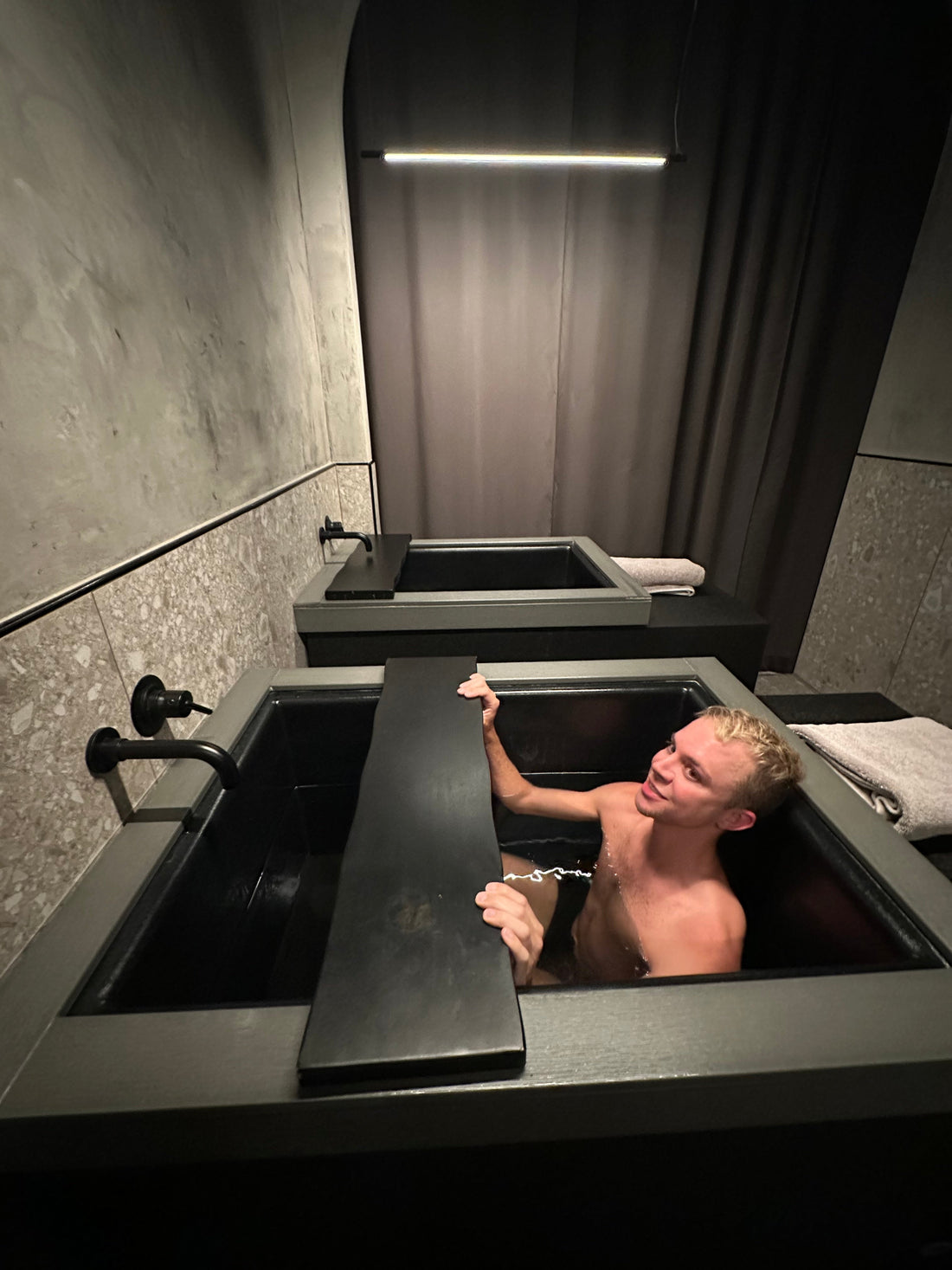
Sweat, Shiver, Shine: The Magic of Heat and Cold Therapy
Share
I’ve always been someone who “runs cold.” I need a space heater in the office, prefer warm Hawaiian or Floridian beaches for swimming, and often ask to turn the heat up while others want it down. But recently, I discovered that intentionally exposing myself to cold—yes, on purpose—has actually helped me feel warmer overall. Strange, right? And that’s not the only benefit. My nightly routine of alternating between hot baths and cold rinses has improved my sleep dramatically. Cold therapy has quickly become a core part of my health and wellness routine.
The Science of Cold Therapy
The best part? There’s real science behind it. Athletes have been using cold therapy for decades to reduce inflammation and speed up recovery. Studies show that cold immersion can lower muscle soreness by up to 20% after intense exercise. But the benefits don’t stop there—cold therapies have also been shown to improve mood and reduce symptoms of anxiety and depression. One study found that regular exposure to cold stimulates the production of norepinephrine, a ne urotransmitter linked to improved mood and mental clarity.
urotransmitter linked to improved mood and mental clarity.
In fact, a study conducted by researchers at the University of Oulu in Finland found that cold water immersion can significantly improve mood and reduce fatigue, thanks to a surge in norepinephrine—a neurotransmitter that helps sharpen focus and boost mood. And for those of us who may not have access to a cold plunge or cryotherapy, even a simple cold shower can do wonders for your energy and mood.
The Heat Benefits, Too!
Yes, getting hot has its benefits too. Infrared saunas are another big player in the wellness space, and studies show that regular sauna use can improve cardiovascular health. One long-term study from Finland found that men who used saunas 4–7 times per we ek were 50% less likely to experience fatal cardiovascular events.
ek were 50% less likely to experience fatal cardiovascular events.
And it’s not just saunas—hot tubs can be incredibly restorative too. They help relax your muscles, relieve tension, and improve sleep quality. A study published in the Journal of Applied Physiology found that hot baths can increase blood flow, helping the body recover faster after physical strain. In fact, taking a hot bath before bed has been shown to improve sleep by raising your body temperature and then allowing it to cool down gradually, mimicking the natural drop in body temperature that occurs as you fall asleep.
So, whether you’re plunging into cold water or soaking in a hot tub, both extremes offer a wide array of health benefits. If you’re more of a “hot tub person,” you’re in luck. Regular use can provide many of the same benefits, like improved circulation and relaxation.
My Wellness Routine: The Hot-Cold Combo
At home, I often mix hot and cold therapies for the best of both worlds. After taking a super hot bath, I like to do a cold rinse. Allowing your body to warm up on its own is said to offer maximum benefit. This contrast between temperatures not only boosts my mood but also improves my sleep significantly. I encourage anyone to try it, even if it’s just starting with a cold splash at the end of your warm shower.
Of course when I'm traveling, I love tp visit new spas and wellness centers offering hot/cold therapies. Remedy Place in West Hollywood is an absolute fave of mine. Can you believe I lasted 6 minutes in their cold plunge?!
Need a Quick Cool Down or Pick Me Up?
Need a quick cool down? anewya's Cool Up! invigorating muscle moisture is going to revitalize you pre- or post-workout. It’s an essential part of my routine for a refreshing, hydrating boost after a workout, hot bath, hot day or whenever I need a perky reset. The arnica is great for sore muscles. And the menthol and peppermint will help you breathe, cool you down and wake you up! It will WOW you.
